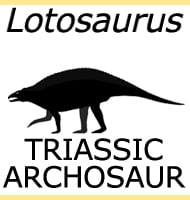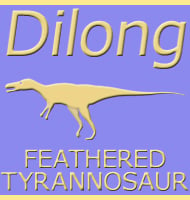Cycnorhamphus
In Depth Like many early discovered pterosaurs the taxonomic history of Cycnorhamphus is quite muddled. Initially assigned to Pterodactylus, the first pterosaur discovered that ended up being treated like a wastebasket for almost any discovered pterosaur remains, Harry Seeley redesignated the specimen Cycnorhamphus. However another palaeontologist, Felix Plieninger, cited mistakes in the description and in … Read more

